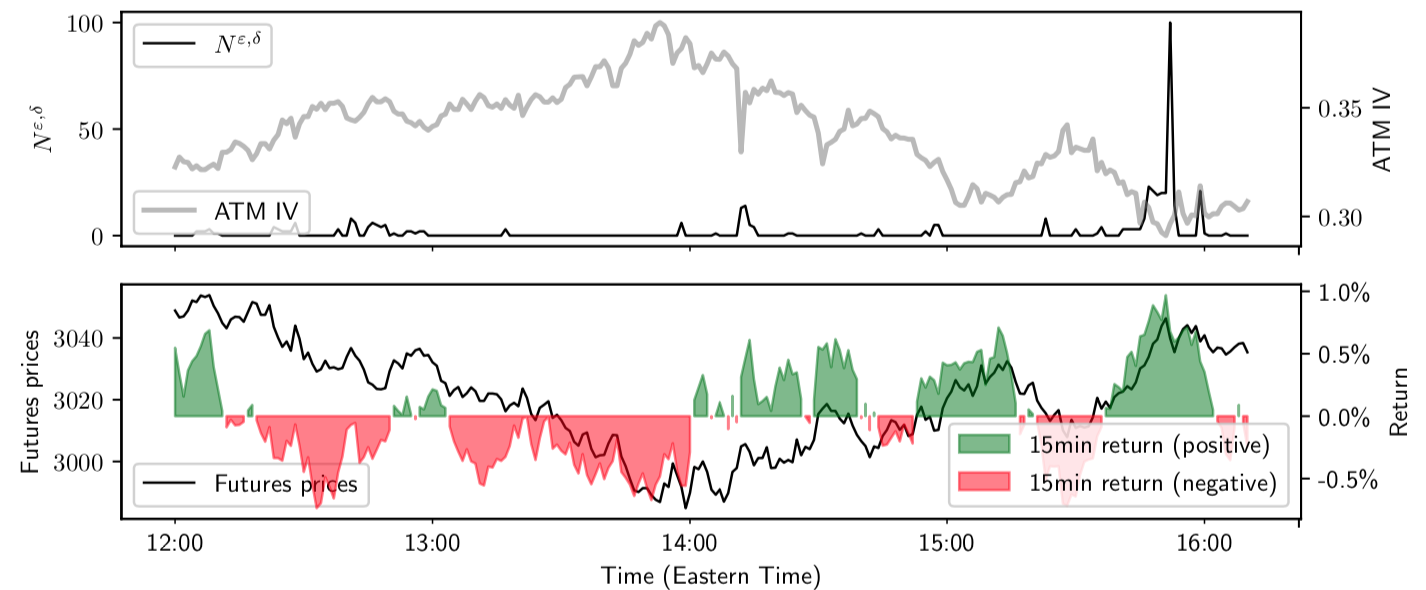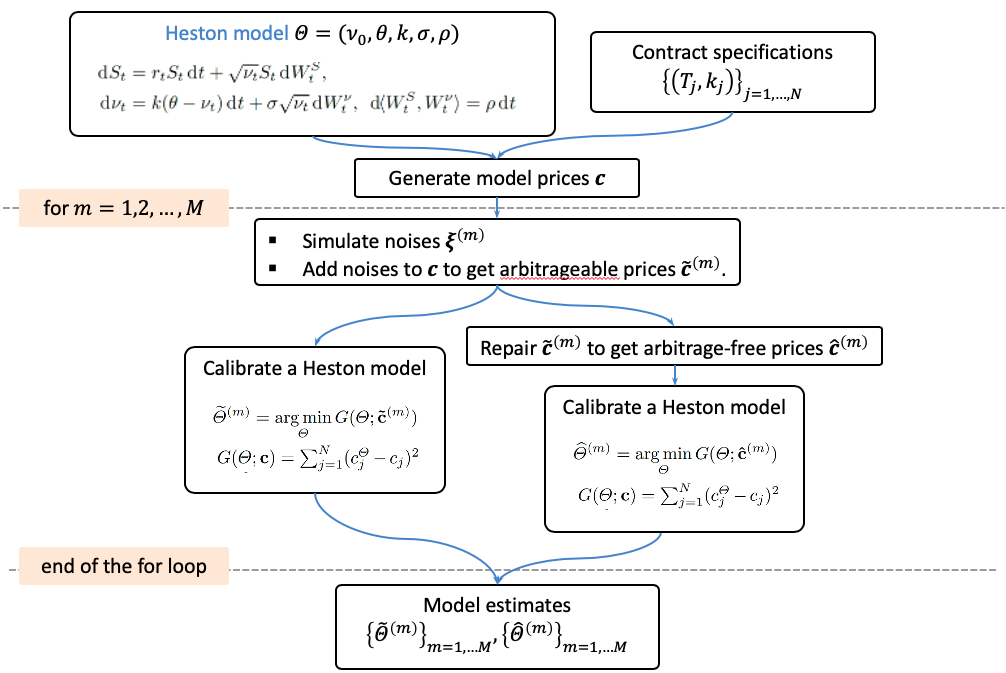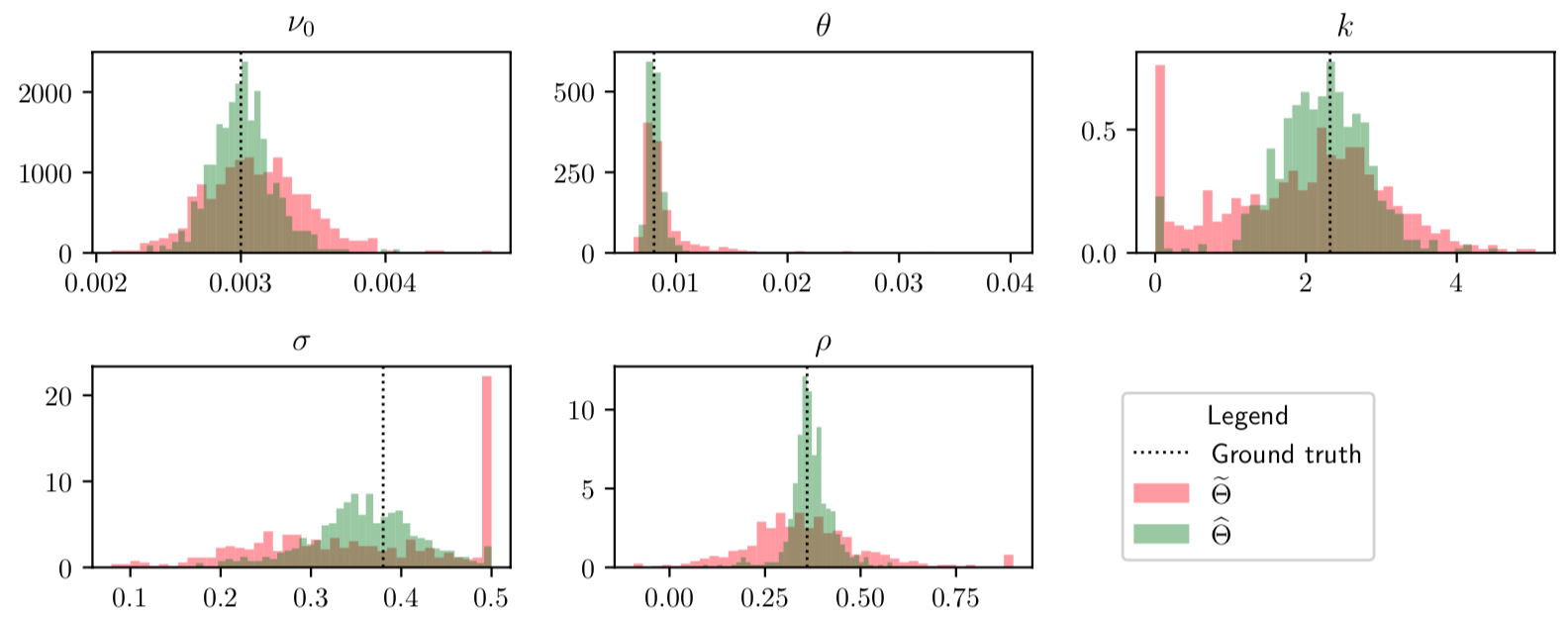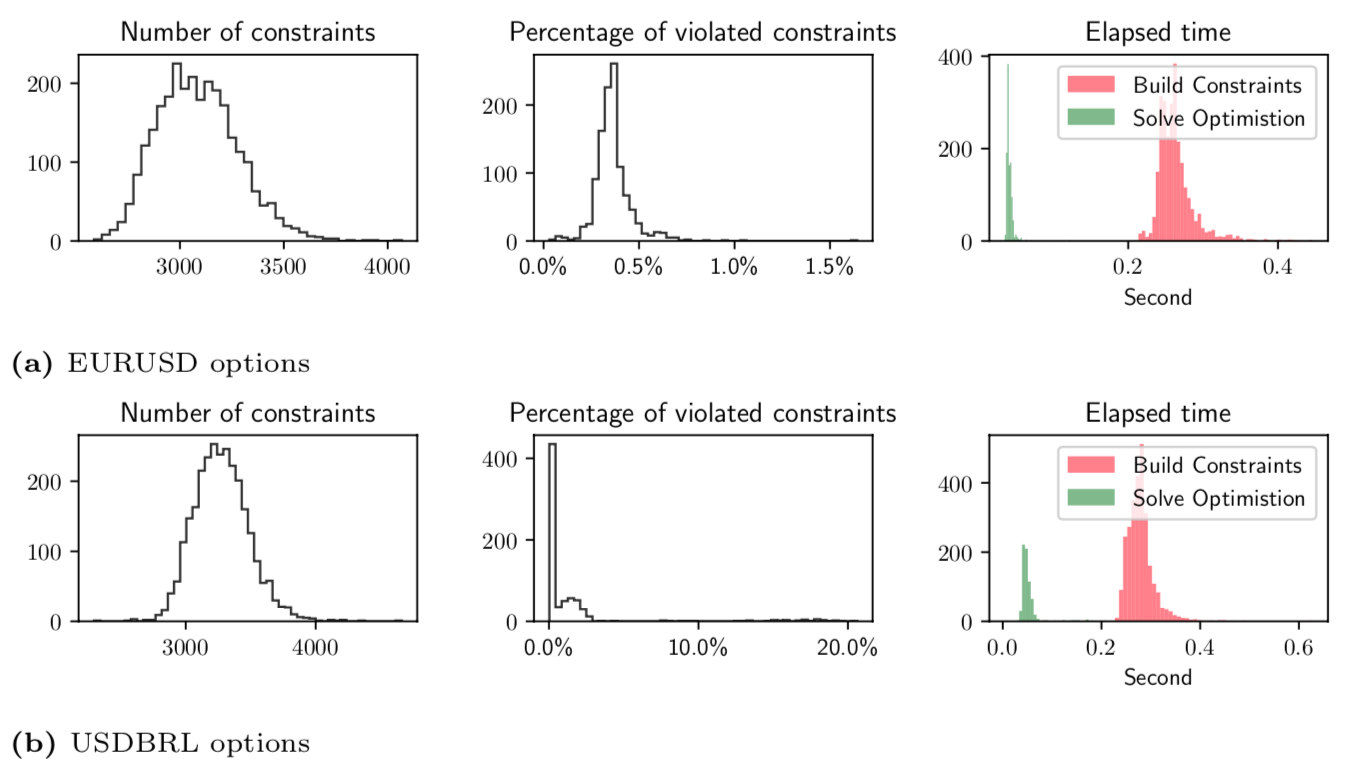Model-free algorithms of detecting and repairing spread, butterfly and calendar arbitrages in European option prices.
Project description
arbitragerepair
Python modules and jupyter notebook examples for the paper Detect and Repair Arbitrage in Price Data of Traded Options.
Repair option price data -- remove arbitrage
For a finite collection of call option prices written on the same underlying asset, there are six types of constraints that ensure their prices to be statically arbitrage-free. Given violation of the arbitrage constraints, we repair the price data in a fast, model-independent way to remove all arbitrages.
Some examples of arbitrage repair are shown as below:
An arbitrage-free normalised call price surface


- Positivity:
- Monotonicity:
,
- Convexity:
Code
Installation
It is recommended to create a new virtual environment and install from pypi.
pip install arbitragerepair
Requirements: Python >= 3.8 and CVXOPT >= 1.3.0.
Usage
While an example can be found in this jupyter notebook, the usage of this code consists of the following steps.
0. Import packages
from arbitragerepair import constraints, repair
1. Normalise strikes and call prices
The inputs are four 1D numpy.array objects T, K, C, F, which should be of the same length, representing
time-to-expiries, strike prices, option prices and forward prices.
normaliser = constraints.Normalise() normaliser.fit(T, K, C, F) T1, K1, C1 = normaliser.transform(T, K, C)
2. Construct arbitrage constraints and detect violation
mat_A, vec_b, _, _ = constraints.detect(T1, K1, C1, verbose=True)
Setting verbose=True, an arbitrage detection report will be shown. An example
is shown below:
Number of violations to non-negative outright price: 0/13 Number of violations to non-negative and unit-bounded vertical spread: 0/130 Number of violations to non-negative butterfly spread: 0/104 Number of violations to non-negative calendar (horizontal) spread: 0/0 Number of violations to non-negative calendar vertical spread: 9/513 Number of violations to non-negative calendar butterfly spread: 126/3070
3. Repair arbitrage
Repair using the

epsilon = repair.l1(mat_A, vec_b, C1)
Repair using the

epsilon = repair.l1ba(mat_A, vec_b, C1, spread)
4. De-normalise
K0, C0 = normaliser.inverse_transform(K1, C1 + epsilon)
Why is repairing arbitrage in price data important?
Frequent presence of arbitrage in historical price data
We collect daily close (bid, ask and mid) prices from 1st November, 2007 to 31st May, 2018 for OTC FX options from Bloomberg. We count violations of arbitrage constraints in raw daily close mid-prices over time for some major currencies and emerging market (EM) currencies.
Repairing arbitrage can improve robustness of model calibration
We verify that our repair method improves model calibration with more robust parameter estimates and smaller calibration error.
Experiment design
Results
How do our algorithm and code perform in practice?
All of the following studies were carried out on a quadcore Intel Core i7-8650U CPU with 32GB RAM. All LPs are solved using the GLPK (GNU Linear Programming Kit) solver wrapped by the CVXOPT Python package.
The formation and disappearance of executable arbitrage
We can use the our method on order book data for identifying executable arbitrage. An example is given below. We collect the order book data for all E-mini S&P 500 monthly European call options from 12:00 ET to 16:10 ET on 12th June, 2020. There is a large spike of number of arbitrages at around 15:52 ET, a few minutes before the close of the S&P 500 index market at 16:00 ET. This spike coincided with rallies in the futures market, while the IV maintained its relatively low level.

Citation
@misc{arbitragerepair2020, author = {Samuel N. Cohen and Christoph Reisinger and Sheng Wang}, title = {arbitragerepair}, publisher = {GitHub}, journal = {GitHub repository}, year = {2020}, howpublished = {\url{https://github.com/vicaws/arbitragerepair}}, note = {DOI: 10.5281/zenodo.5338299} }
Project details
Release history Release notifications | RSS feed
Download files
Download the file for your platform. If you're not sure which to choose, learn more about installing packages.



















